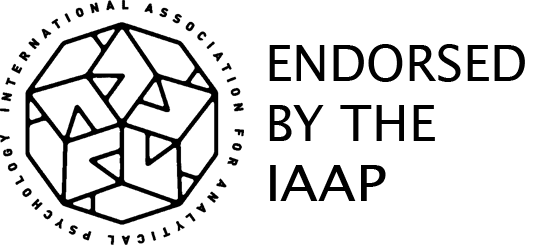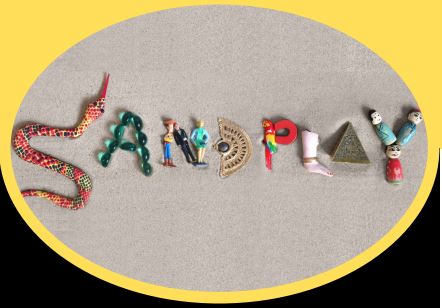Jungian sandplay therapy is a non-verbal therapeutic process originated by Dora Kalff based on the psychology of C. G. Jung. It is a direct method to experience the Self, which Jung encouraged as an essential step for healthy psychological development.
This is a comprehensive, two-year training program, taught by Jungian analysts and designed to promote the study and practice of sandplay therapy. It includes an introduction, history, and practical guidelines for sandplay therapy, as well as the application of Jungian theory, the study of archetypal and symbolic material found in dreams, mythology, and fairytales, and the movement of libido as it appears in sandplay scenes to express the individuation process. Seminars incorporate case material of children and adults to amplify and highlight theoretical underpinnings. Completion of the program meets all coursework requirements for Sandplay Therapists of America (STA) and International Society for Sandplay Therapy (ISST).
The training curriculum is organized into six areas of study that are designed to sequentially deepen the participant’s understanding and use of Jungian sandplay. Each unit contains three 6-hour seminars taught by Jungian analysts who are also certified sandplay therapist-teachers.

Unit 2: The Jungian Foundation of Sandplay

Unit 2 / Seminar 1: Saturday, January 28, 2023; 9:30 am – 4:00 pm
The Individuation Process as Described by Carl Jung
Presented by Liza Ravitz
This is the first seminar in the Jungian Foundation Series, which deals with Jungian theory and its application to sandplay. It will include an introduction to the concept of individuation, and an exploration of the psyche’s development over a lifetime to increase consciousness and develop a deeper connection to the unconscious. An emphasis on the Self as the organizing principle of the psyche will be included, and the ego-Self axis as the connecting link between consciousness and the unconscious will be identified. All concepts will be illustrated with examples from sandplay cases, and a sandplay case will be presented to illustrate the movement of psychic energy throughout a sandplay process.
Learning Objective:
- Describe what is meant by Jung’s concept of the Self.
- Identify images of the Self as they appear in sandplay scenes.
- Identify the function of the ego.
- Define the ego-Self axis.
- List 3 defining characteristics of a Self tray.
- Describe the components of a sandplay process.

Unit 2 / Seminar 2: Saturday, February 18, 2023; 9:30 am – 4:00 pm
Complexes and Shadow
Presented by Laura Soble
Jungian concepts of complexes, shadow, transference, and countertransference will be brought to life through images, sandplay case examples, and embodied experience in this day-long seminar. Participants will be encouraged to respond aesthetically throughout the day, and to have materials of their choice readily available for writing and art.
Learning Objectives:
- Describe what is meant by the Jungian concepts of complex and shadow.
- Describe what is meant by an embodied experience of transference or countertransference.
- Describe Jung’s concept of the therapeutic relationship.
- Describe Kay Bradway’sconcept of co-transference.
- Give an example of how a sandplay scene can reflect a patient’s complex.
- Give examples of how a clinician’s unconscious response to a patient can impact the therapeutic field.

Unit 2 / Seminar 3: Saturday, March 25, 2023; 9:30 am – 4:00 pm
Archetypes and the Transcendent Function
Presented by Shannon Yockey
This seminar will introduce the Jungian concept of the Transcendent Function, which facilitates the transition from one psychic condition to another by means of the mutual confrontation of the opposites. Archetypes, universal, primal symbols, and images that come from the collective unconscious will also be explored. We will focus on Jung’s primary archetypes of persona, anima, animus, and shadow and demonstrate common archetypal themes as father, mother, and child, through sandplay, art, and nature to assist in the learning process.
Learning Objectives:
- Describe what is meant by the Transcendent Function
- Describe what is meant by an archetype and give an example from clinical practice.
- Identify symbolic expressions of both the transcendent function and archetypal themes using sandplay case examples.
- Give an example of how to differentiate personal unconscious material from archetypal themes in the context of sandplay therapy.
- Describe the process of developing a relationship to the transcendent function in the context of sandplay.
- Describe what is meant by the personal unconscious vs the collective unconscious.




